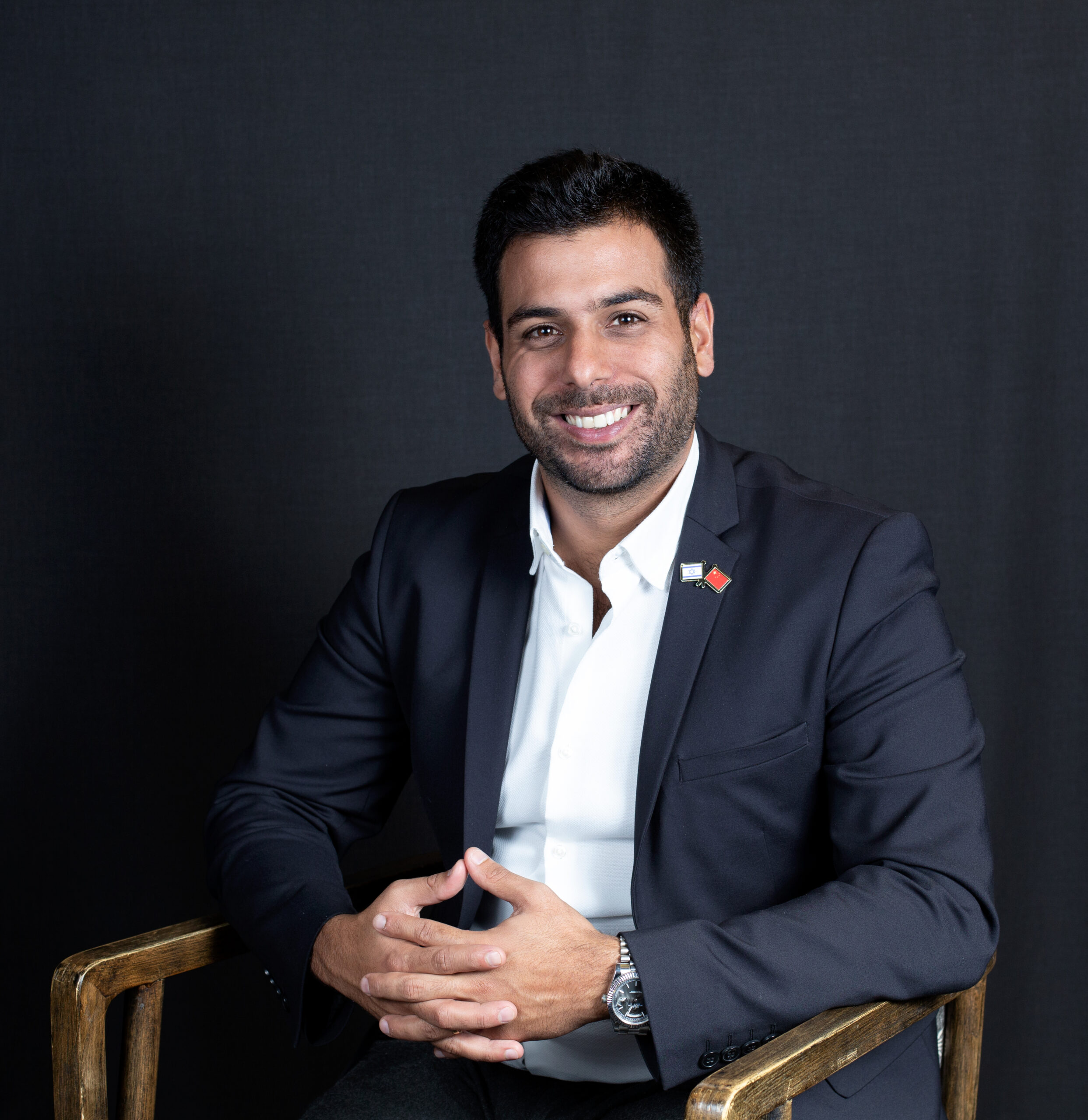As in most of the world, hospitals in China are divided into public and private hospitals. Public hospitals refer to hospitals under the full auspices of the government and are included in the management of the financial budget. As opposed to private hospitals for which the subsidy comes from their corporate structure, as a non-profit or profitable organization.
The general trend is that the number of public hospitals is gradually decreasing and that private hospitals are growing rapidly. In this article, we will review a different type of hospital and the basics of the Chinese reimbursement.
As discussed in previous articles, there are three levels of public hospital:
Primary hospitals: Primary hospitals and health centers that directly provide preventive, medical, health and rehabilitation services to communities in a particular population.
Secondary hospital: This is a regional hospital that provides comprehensive medical, health services to several communities, and performs some scientific teaching & research tasks.
Tertiary hospitals: Hospitals above the regional level that provide high-level specialized medical, health services and carry out higher education and scientific research tasks in several fields.
Unlike the previous time when we explored a 3rd level hospital, today we will present the first level (up to 99 beds) as a case study of the community health services group.
Community health services thus have two characteristics: The first one is broad, i.e., a wide range of service objectives, and the second is the comprehensive nature of community health services,. This is a combination of prevention, treatment, health rehabilitation, outpatient and inpatient services Family Community Services
Please meet: Shanghai Guangfu Hospital
Location: Shanghai, Baoshan District – Just in Shanghai there are more than 300 hospitals
Type of hospital: 1 – General hospital
Hospital beds: 20
Year of construction: 2011
It is a relatively new hospital, which combines medical care, prevention, treatment, health and rehabilitation, and is built according to the new medical model of “physiology-psychology-society”. Those are the departments at the hospital: gynecology, urology, internal medicine, surgery, dermatology, ear, nose and throat, anorexia, traditional Chinese medicine, stomatology, and physical examination center.
Despite its relatively small size, significant investments have been made in diagnostic and treatment equipment: such as imported color Doppler ultrasound, automatic biochemical surgeon, automatic blood cell counter, automatic urine surgeon, multipurpose anesthesia machine, instrument, digital colposcope, auto-coagulation knife, blood coagulation device, X-ray machine, digital lithotripter, short-wave out-of-body treatment device and more.
The junior hospitals are in effect aimed at providing preventive care, emergencies, and services to specific departments. The response is limited, as is the manpower in relation to the different levels of hospitals, but there is still enough equipment to provide an immediate response and to consider the next steps in case of deterioration.
The million-dollar question
With the continued expansion of rural health insurance coverage, many farmer members enjoy convenient health insurance benefits during medical care. However, because rural health centers or clinics are likely to be primary health facilities, once they encounter intolerable illnesses, more farmers will still choose to go to higher level hospitals for medical treatment. So, if I had taken out rural health insurance, could I see a doctor in a tertiary hospital? How and how much can be returned after medical treatment? Today we will take a closer look at this question.
What is the reimbursement rate of the rural health insurance?
Like the way health insurance is reimbursed for municipal employees, rural health insurance also divides different proportions according to the reimbursement of hospitalizations and hospital reimbursements.
In general, the reimbursement rate for hospitalization in rural areas varies according to the level of the hospital. The highest reimbursement rate for medical care at the village clinic can be up to 60%. Reimbursement of 40% for visits to the city hospital, 30% for visits to a first-level hospital and 20% for visits to a third-level hospital.
The same applies to the reimbursement of hospital expenses, but the reimbursement ratio will be higher. 60% can be reimbursed at the city hospital, 40% at the secondary hospital and 30% at the tertiary hospital. In addition if the operation costs exceed 1,000-yuan, 1,000 yuan will be reimbursed. Care and nursing costs will be compensated at 10 yuan per day, with a ceiling of 200 yuan.
Can Chinese people see a doctor in a tertiary hospital with rural health insurance?
From the above introduction, I think everyone has understood that, of course, rural health insurance can be used to see a doctor in a tertiary hospital. Currently, the distribution of medical resources in China is not equal. Many villagers who encounter relatively serious illnesses will choose to go to the local capital or cross a province to the three best hospitals in the best cities for medical treatment
We are coming to the end of the series of articles on hospitals in China, their differences, the insurance dilemma and the different services between the hospitals.
As we can see, China, which is a vast territory (the second largest in the world) and the largest population in the world is struggling with a complex health care system. As a result, private hospitals are currently being built. Private hospitals may or may not take up more space because of the structure… we shall see! It will be interesting to see how this will influence public hospitals and the structure of the system in the years to com





